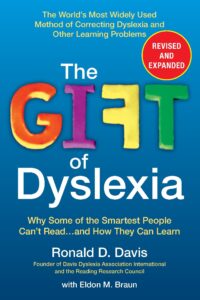Undermines Conceptual Understanding
When a dyslexic becomes confused, a misperception will result. At that moment the person has experienced a reality that is not experienced. Because there are frequent opportunities for disorientation, many dyslexics, or A.D.D. individuals do not learn the basic lessons of life as early as other children. As a result, sometimes the concept of consequence is not fully learned.
Additionally, while the person is disorienting, a distorted sense of time develops. A person may experience the measurement of a minute as either very long or very short, but it is never the same. Most children have some awareness of time by age seven when they can sense the passage of 5 minutes. But the person who disorients readily will not develop this sense even as a teenager or adult.
With an inherent sense of time comes the same sense of sequence. We understand the way things follow each other one after another and if this is developed we develop an inherent sense of order as opposed to disorder. The essential ingredient in developing these inherent senses is the concept of time.




